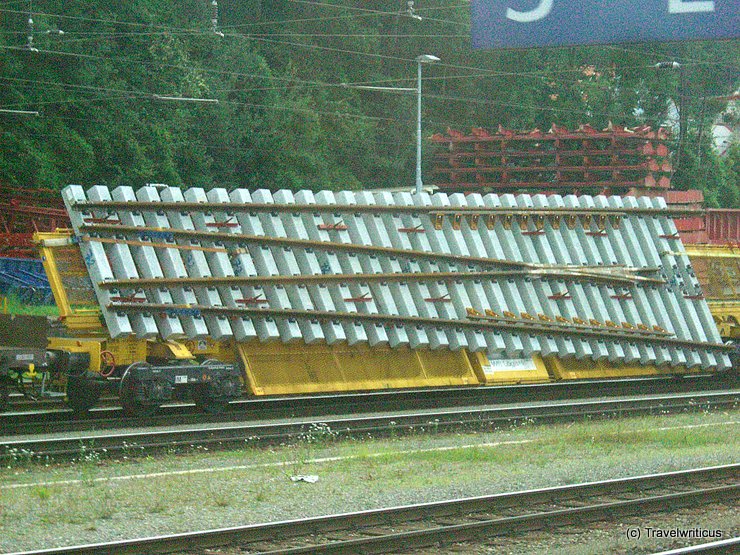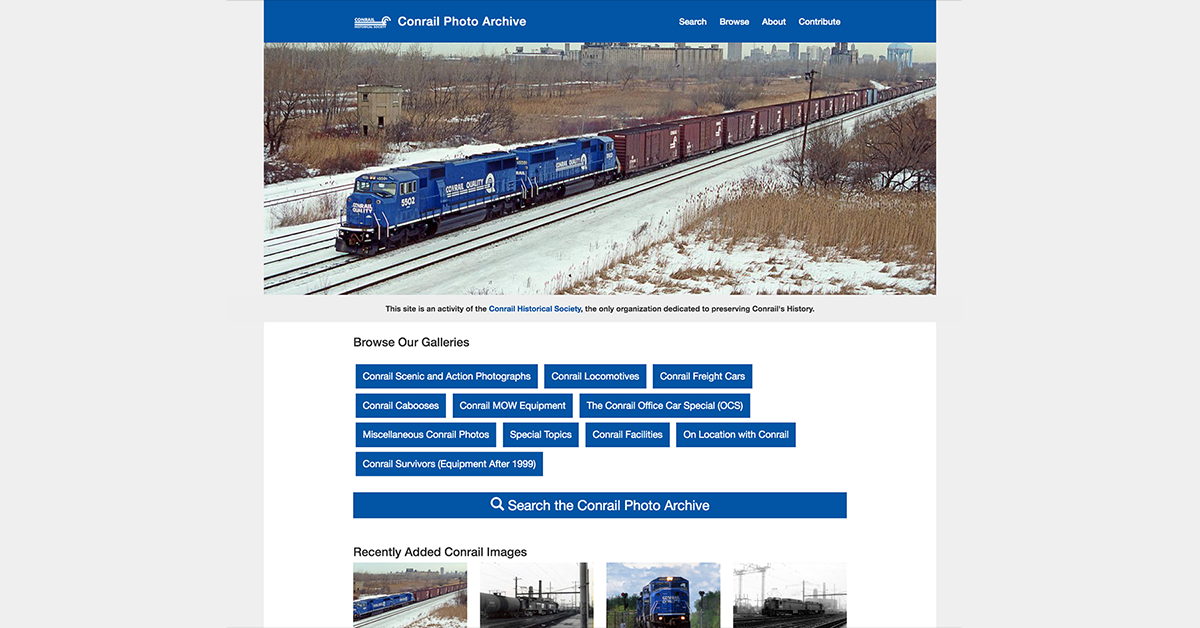Concrete switch ties are VERY expensive. Switches have ties in increments of 6 inches. A switch might have 15-20 different length ties. With wood ties you just cut off the ties to the length, and then position the rails on the ties and spike them down.
With concrete ties, the mounting points are integral in the tie, so EVERY tie has to be a custom design for that specific tie. And since the mounting pads have to match the position and angle of the rail, a 12'6" tie from a #14 switch will not match a 12'6" tie from a #16 switch, so every tie of every number has to be individually designed and cast (not to mention a left hand switch tie is not the same as a right hand switch tie, so each hand switch needs a completely different set of ties).
If you have to replace a 12'6" tie in a wood switch, you take a 16' tie, use a chain saw and cut it down to size, remove the old tie, install the new tie and spike it down. If you have to replace a concrete switch tie you have to order that specific tie from that specific hand, of that specific frog number of that specific design of switch.
Concrete ties like big ballast. Concrete ties are great for curves where the rail needs to be replaced frequently (such as main line curves) because they rail attaches with clips and changing the rail doesn't affect the holding power. With wood ties, when you pull a spike there is a hole in the tie and then you have to fill it to get the spike to hold again. Wood ties are very forgiving in a derailment, many times they will just mark the ties and won't significantly damage the load bearing capacity of the tie. Derailed wheels gong across concrete ties will chip them and result in failure of the ties. A derailed car going across a mile of wood ties means changing a couple ties, a derailed car going across a mile of concrete ties means a tie gang replacing thousands of ties.




